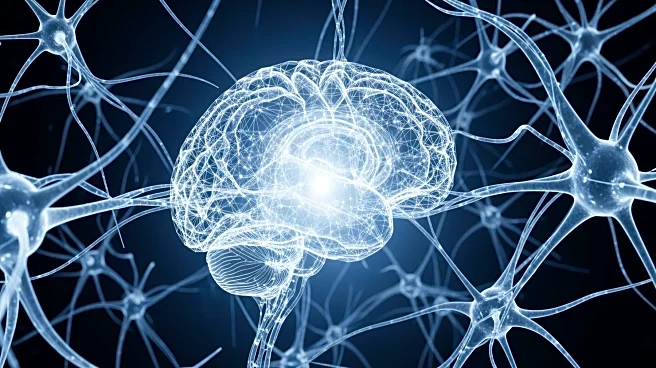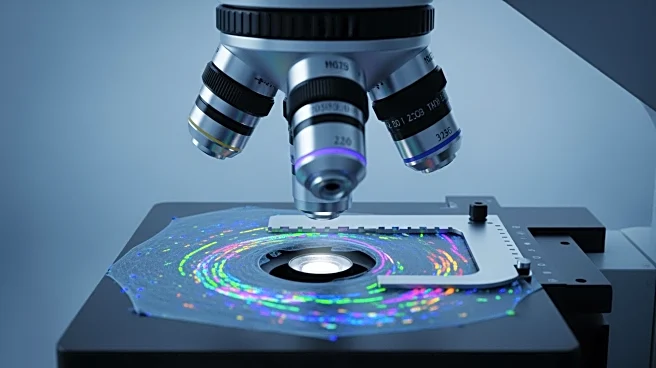What's Happening?
A new dataset utilizing high-density diffuse optical tomography (HD-DOT) has been released, focusing on naturalistic viewing experiences. The dataset includes data from 58 participants aged 18 to 76, who
viewed a clip from the movie 'The Good, the Bad, and the Ugly.' The study was conducted at Washington University in Saint Louis, with participants wearing HD-DOT caps to measure brain activity. The data was processed using NeuroDOT software, and the dataset is available in multiple formats, including SNIRF and NIfTI, for research purposes.
Why It's Important?
This dataset provides valuable insights into brain activity during naturalistic viewing, which can enhance understanding of cognitive processes and neural connectivity. The use of HD-DOT technology offers a non-invasive method to study brain function, potentially benefiting research in neuroscience, psychology, and cognitive science. The availability of this dataset in various formats facilitates collaboration and further analysis by researchers worldwide, contributing to advancements in brain imaging techniques and understanding of human cognition.
What's Next?
Researchers may utilize this dataset to explore specific aspects of brain function during naturalistic viewing, such as attention, memory, and emotional processing. Future studies could expand on this work by incorporating different stimuli or participant demographics to broaden the scope of findings. The development of more advanced HD-DOT technology could lead to improved resolution and accuracy in brain imaging, furthering research capabilities.
Beyond the Headlines
The release of this dataset highlights the growing importance of open data in scientific research, promoting transparency and collaboration. Ethical considerations regarding participant privacy and data sharing may arise, necessitating careful management and adherence to research protocols.











